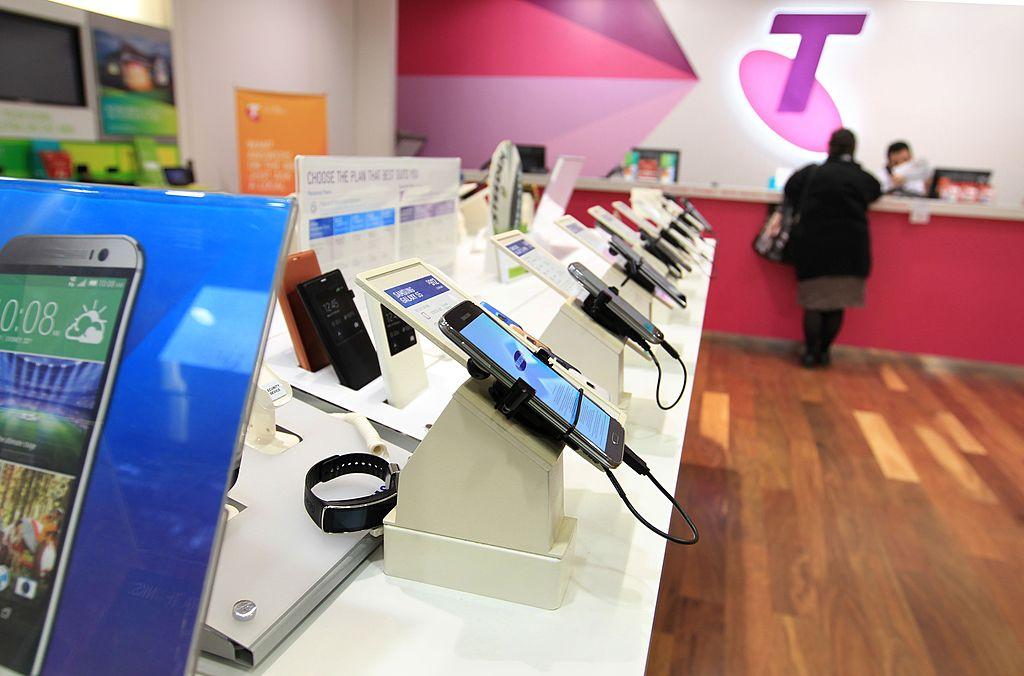Recent price increases by the three biggest telco companies mean millions of Australians will be paying more for their mobile phone plans.
New analysis by the Australian Competition and Consumer Commission (ACCC) has found that since July 2020, Telstra, Optus, and Vodafone has pushed up the prices of many post-paid plans.





